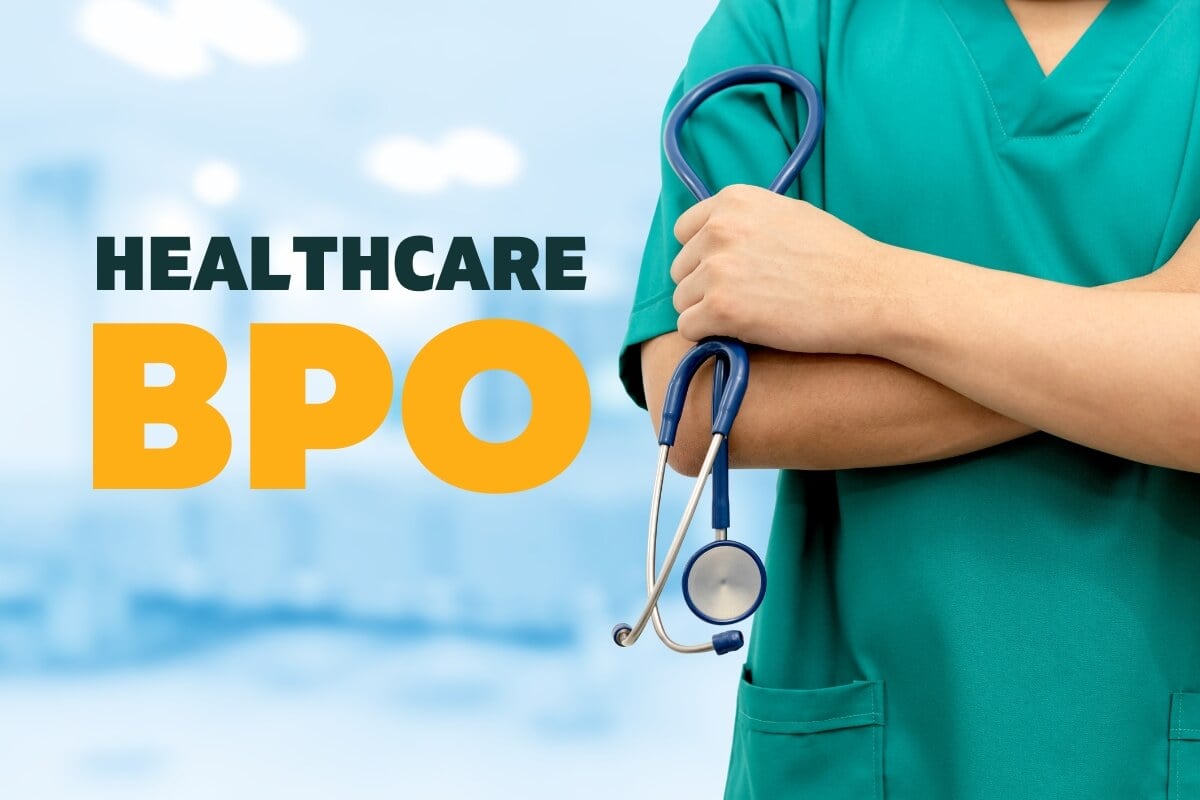Healthcare RCM: Optimize Revenue Cycle Administration for Better Results
Healthcare RCM: Optimize Revenue Cycle Administration for Better Results
Blog Article
A Comprehensive Overview on Exactly How Medical Care RCM Works to Enhance Payment and Collections
Browsing the complexities of healthcare earnings cycle monitoring (RCM) is essential for companies intending to enhance their payment and collections procedures. The overview unpacks the intricacies of RCM, from person enrollment to accounts receivable administration, providing understandings into enhancing each action. Integrating sophisticated innovation and standard treatments can significantly lower case rejections and speed up settlement cycles. Yet, truth difficulty hinges on flawlessly merging these components to boost money flow. As we discover the core components and techniques that drive effectiveness, one concern remains: exactly how can medical care entities best position themselves to grow financially in an ever-evolving market?
Understanding Income Cycle Management
RCM is an important administrative feature that incorporates the entire financial procedure of person care, from the initial consultation establishing to the final repayment of the equilibrium. It is an intricate procedure designed to identify, gather, and handle the income from the services given to people.
The RCM procedure starts when an individual routines an appointment and extends with the person's care journey, including billing and collections. A crucial objective is to reduce the time in between receiving and supplying a service payment, thus enhancing the organization's economic health and wellness. RCM involves various functions such as individual registration, insurance verification, fee capture, coding, asserts entry, settlement publishing, and dealing with allures and denials.
Trick Elements of RCM
In the world of Earnings Cycle Management (RCM), understanding its crucial components is essential to attaining financial effectiveness within health care organizations. RCM is a detailed procedure that encompasses different phases, each important to making sure efficient payment and collections. The main components consist of person registration, insurance confirmation, charge capture, coding, case submission, settlement uploading, and accounts receivable monitoring.


When coded, claims are sent to payers, where accuracy is extremely important to stay clear of rejections or hold-ups - Healthcare RCM. Payment posting includes tape-recording the gotten settlements, which permits the settlement of accounts. Last but not least, balance dues administration focuses on monitoring and dealing with unpaid insurance claims, making sure timely follow-up and resolution
Each component of RCM is interconnected, and inefficiencies in any kind of part can interrupt the entire cycle. Consequently, mastering these elements is necessary for doctor to maximize revenue and boost their monetary wellness.
Techniques for Reliable Invoicing

Systematizing invoicing treatments across the company is another crucial approach. Establishing clear guidelines for paperwork, coding, and submission helps keep uniformity and compliance with regulatory requirements. Educating staff on a regular basis on these procedures guarantees everybody is up-to-date with the most up to date adjustments in invoicing codes and payer plans.
Exact cost capture is important in protecting against income leakage. Carrying out normal audits and monitoring systems enables for the identification and correction of discrepancies prior to they affect revenue. In addition, maintaining open lines of interaction with payers aids to rapidly deal with any type of disagreements or misconceptions that might occur.

Finally, appealing patients early in the billing process by offering clear price quotes and instructional products concerning their monetary obligations can considerably decrease complication and boost settlement timeliness. These methods collectively contribute to a much more reliable and financially healthy billing system.
Enhancing Collections Procedures
Offered the complexities of clinical payment and the selection of payer requirements, boosting the collections process involves applying calculated measures that make sure prompt and accurate repayment of services made. Automation tools can help in tracking claim standings, sending prompt tips to individuals, and managing denials extra successfully.
Training staff to recognize the nuances of insurance coverage plans and billing codes is just as vital. This knowledge empowers them to resolve billing discrepancies quickly and interact properly with people concerning their financial duties. Moreover, clear and transparent patient communications are important. Supplying comprehensive explanations of charges and offering adaptable layaway plan can boost patient complete satisfaction and timely settlements.
Regular audits of the collections process must be carried out to determine areas go to website for renovation and ensure conformity with laws. By assessing data, health care organizations can determine patterns, prepare for prospective problems, and adjust methods as necessary (Healthcare RCM). Inevitably, a well-enhanced collections process not only supports financial wellness but also contributes to a much more smooth experience for people and staff alike
Optimizing Revenue Streams
Building upon the structure of a strong collections procedure, health care organizations can even more strengthen their economic stability by tactically enhancing revenue streams. This includes a multi-faceted method, beginning with a comprehensive evaluation of existing revenue sources to determine inefficiencies and areas for growth. Using advanced information analytics tools makes it possible for organizations to obtain insights right into payer mix, client demographics, site here and solution usage patterns, permitting data-driven decisions that enhance income capture.
Applying automated payment systems can considerably reduce mistakes and expedite cases processing, making sure that revenue is accumulated much more successfully. In addition, optimizing payer agreements through regular settlements can improve reimbursement rates and terms, straight influencing the lower line. Expanding service offerings, such as incorporating telehealth or health programs, can likewise draw in a more comprehensive patient base, thus enhancing income potential.
An additional crucial component is enhancing patient engagement and complete satisfaction, as satisfied clients are much more likely to stick to therapy strategies and make timely payments. Supplying versatile payment options and transparent payment methods can boost collections and foster person commitment. Healthcare RCM. By embracing these approaches, medical care organizations can produce a much more resilient monetary structure, ensuring sustained development and security in an ever-changing market landscape
Final Thought
To conclude, healthcare Earnings Cycle Monitoring (RCM) plays a crucial duty in maximizing billing and collections procedures by integrating vital elements such as individual registration, insurance verification, cost capture, coding, claims entry, and receivable administration. By employing advanced modern technology, systematizing procedures, and promoting individual involvement, health care carriers can significantly lower insurance claim rejections, accelerate payment cycles, and enhance capital. This thorough approach to RCM eventually leads to boosted financial performance and sustainability for medical care organizations.
The RCM procedure starts when a client timetables a visit and expands through the person's care trip, including invoicing and collections.Another crucial component is boosting person involvement you could check here and satisfaction, as completely satisfied clients are much more most likely to stick to treatment strategies and make timely payments. Offering adaptable settlement options and clear payment practices can enhance collections and foster client commitment.In final thought, health care Revenue Cycle Monitoring (RCM) plays an important duty in optimizing invoicing and collections procedures by integrating essential elements such as individual registration, insurance confirmation, cost capture, coding, claims entry, and accounts receivable management. By employing sophisticated modern technology, systematizing procedures, and promoting client engagement, medical care companies can considerably minimize claim denials, increase settlement cycles, and improve money circulation.
Report this page